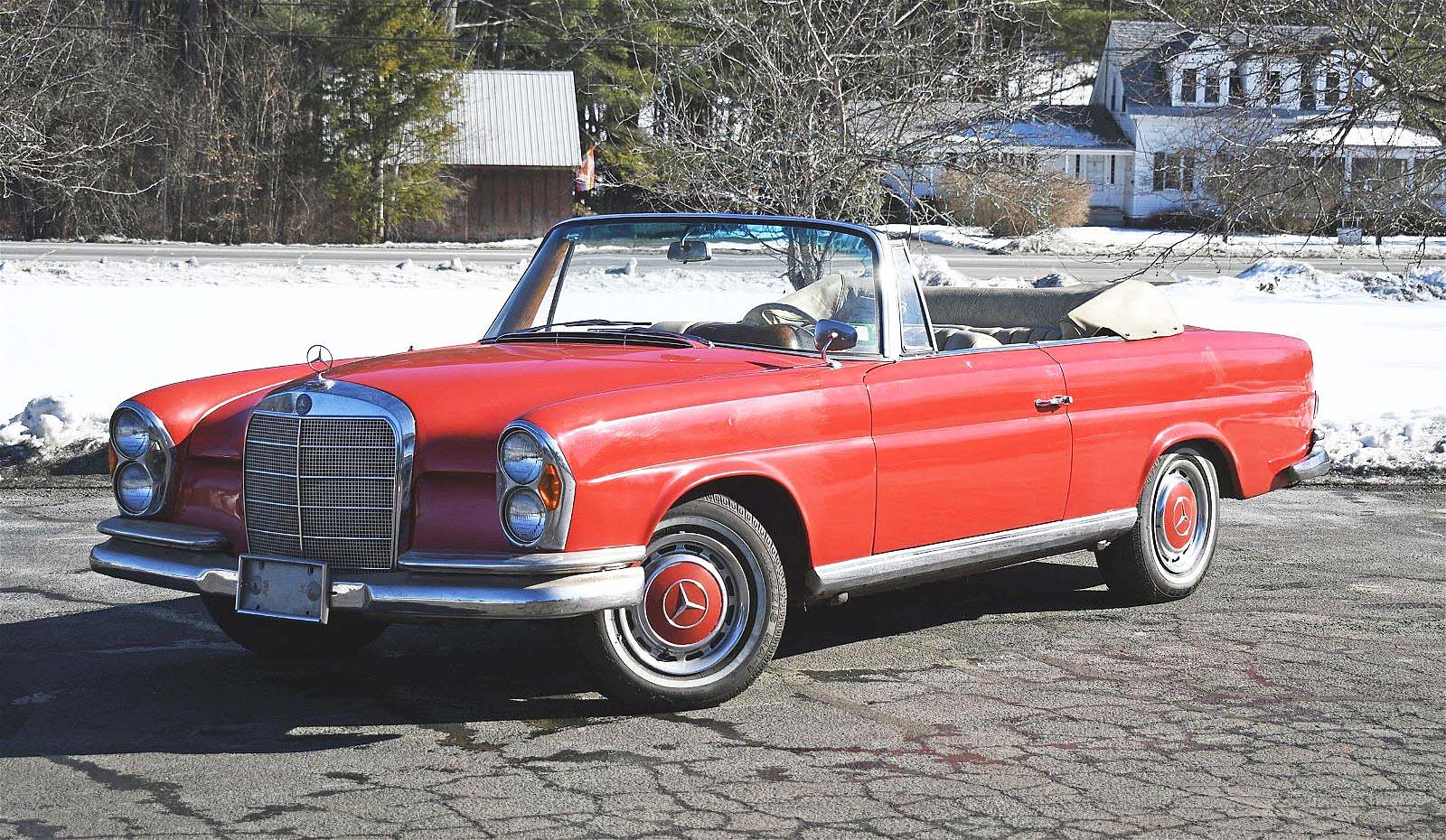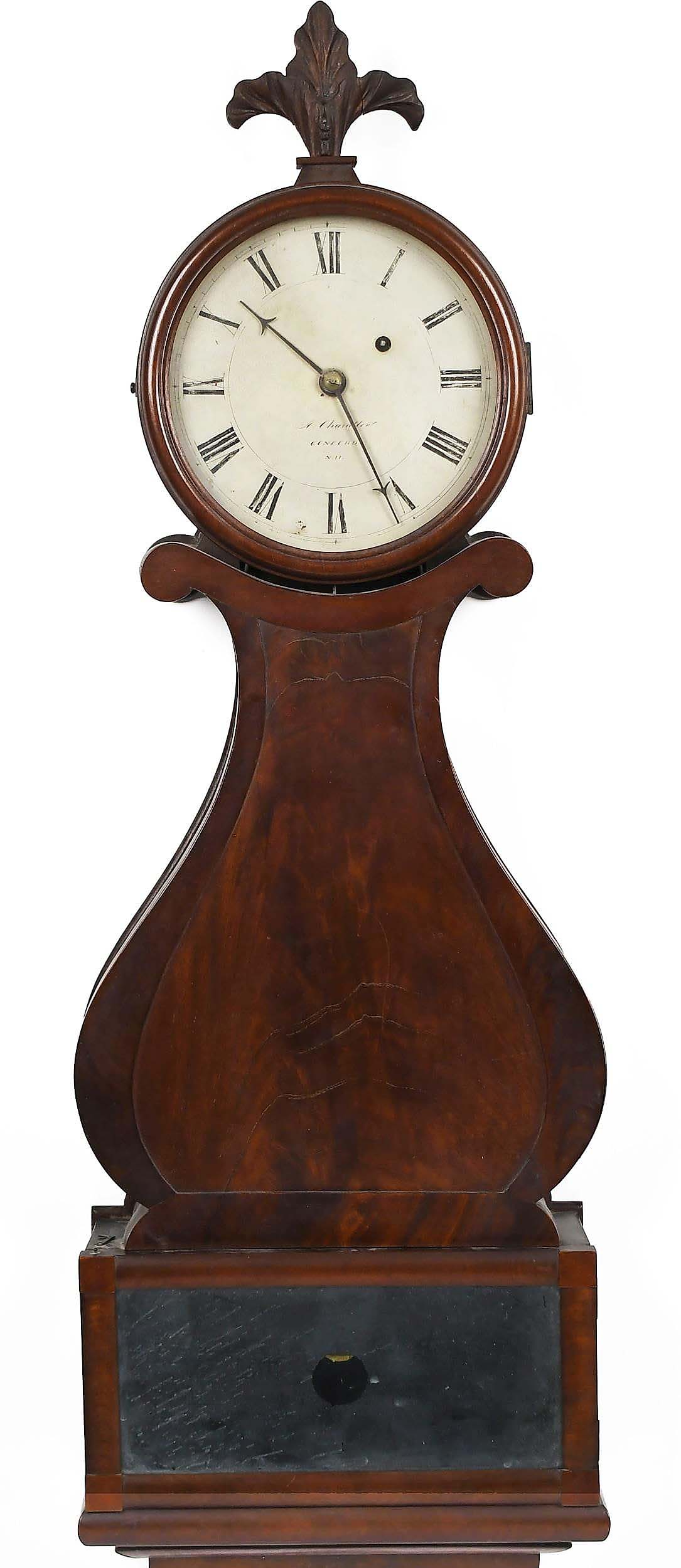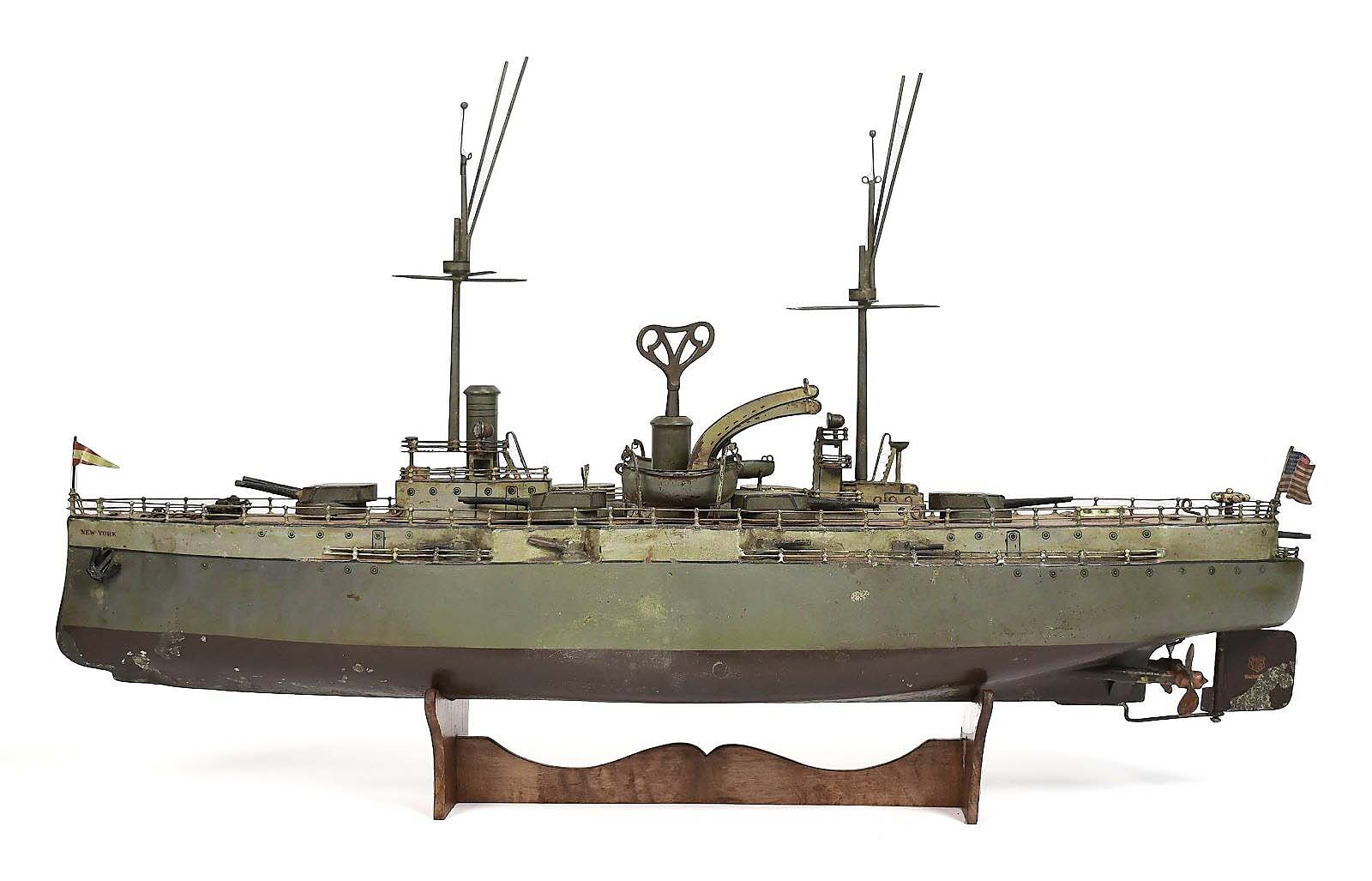#W.A #Smiths #30th #MidWinter #Sale #Winner #Antiques #Arts #Weekly

One of the two items in the sale that sold for $42,000 was Wolf Kahn’s striking oil of a tree in a misty landscape.
By Rick Russack; Photos Courtesy William A. Smith Auctions
PLAINFIELD, N.H. — When you looked at Willliam A. “Bill” Smith’s catalog for his March 6 Important Winter Auction, you knew it would be a winner. The jewelry selection was strong, artwork spanned several periods and included a number of White Mountain paintings, American furniture was varied with some very good examples and included several Southern pieces. There was a variety of Asian items, vintage automobiles and enough “one-of-a-kinds” that meant bidders really had to examine the offerings carefully. There was also a fine collection of early Marklin and Bing toys.
A dozen items earned five-figure prices: three were paintings, four were pieces of jewelry and two were vintage cars. The sale grossed just under $1.2 million — an increase of nearly 20 percent over last year’s mid-winter sale — and fewer than 30 lots were passed for a sell-through rate of 96 percent. In all, about 3,500 bidders registered for the sale online and there were well over 100 bidders in the room.
Two items tied for the high price of the sale, $42,000. One was a Wolf Kahn (German/American, 1927-2020) oil on canvas painting with a single large tree centered in a misty landscape. Kahn’s works are in the collections of the Metropolitan Museum of Art, the Whitney Museum of American Art, the Museum of Modern Art, the Museum of Fine Arts and several other museums.

One of the two items in the sale that sold for $42,000 was a G.I.A. certified 4.25-carat yellow diamond and platinum ring. It was graded VVS2. Also doing well was a platinum engagement ring set with an approximately 2.5-carat round brilliant cut diamond which earned $16,800.
Two other paintings finished at five-figure prices. One was an Emile Gruppé (American, 1896-1978) oil on canvas, depicting a sugar shack in winter, titled “Sugar Bush,” which earned $21,600. It was one of three works by the artist in the sale. Finishing at $20,400 was a scene of the Frankenstein Cliffs in New Hampshire’s Crawford Notch by Benjamin Champney (American, 1817-1907). No, the cliffs are not named for Mary Shelley’s character — they’re named for German-born artist Godfrey Frankenstein who was a friend of Dr Samuel Bemis who owned much of Crawford Notch in the Nineteenth Century and named the cliffs for his friend. Bemis’ unusual all-granite home, today called Notchland, is one of the few such homes in the state and has a long history. The painting was signed and dated 1874. There were two other Champney paintings in the sale as well as several other White Mountain scenes by artists, including Frank Shapleigh, Edward Hill and Samuel Lancaster Gerry. One of the Shapleigh works, a small scene of Mount Washington and the Ellis River in Jackson, N.H., brought $510. One of the Edward Hill pictures, a scene of Lafayette Brook in Franconia Notch, N.H., sold for $5,400.
The other item that tied for the top price of the sale at $42,000 was a G.I.A. certified 4.25-carat yellow diamond and platinum ring. The graded VVS2 brilliant-cut diamond was mounted in 18K yellow gold “East-to-West” setting. Another piece of jewelry that performed well was an Art Deco gemstone bracelet. Earning $36,000, the exceptional Cartier bracelet was set with purplish red star rubies, medium blue star sapphires and green-yellow cat’s-eye chrysoberyl. Each of the gemstones was separated by marquise-cut diamonds with a total weight of about 5 carats.

In spite of having a replaced engine and other alterations, this 1963 Mercedes 22SE Cabriolet sold for $27,000.
There were two vintage cars in the sale, and one did unexpectedly well. It was a 1963 Mercedes 22SE Cabriolet. The odometer showed 66,619 miles, but the car had a replaced engine and there had been other alterations. Nonetheless, it realized $27,000. The second car was a 1941 Lincoln Continental Cabriolet, with a V-12 engine, and a three-speed manual transmission, showing just over 50,000 miles on the odometer. It also had some repairs and had been repainted. The Lincoln earned $19,200.
Smith’s sales almost always include several pieces of American furniture, as did this one, and there were about a dozen clocks. Bringing six times its estimate was a circa 1830 lyre-form mahogany banjo wall clock by Abiel Chandler (1807-1881) with a dial signed “A. Chandler Concord NH.” In 1829, Chandler formed a partnership with his father, who was also a clockmaker. His career is documented in Charles Parsons’ New Hampshire Clocks and Clockmakers (1976). This clock brought $7,200, well above the $1,200 high estimate. An English tall-case clock proved to be the most popular among that style of clocks. With a silver gilt brass dial marked “Tho. Ogden / Halifax,” the circa 1760 mahogany clock, with a spherical ball/moon movement, earned $5,700.

This circa 1830 lyre-form mahogany banjo wall clock by Abiel Chandler, Concord, N.H., sold for $7,200, six times the estimate. There were about a dozen clocks in the sale.
A small circa 1770-80 reverse serpentine (or oxbow) four-drawer chest was probably made in Boston and brought the highest price of the selection of American furniture. It was constructed of heavily grained mahogany, cataloged as having “old brass in new holes” and earned $7,200. A circa 1760-70 Boston two-part curly maple fan-carved highboy with original brasses went out for $6,000. A circa 1815 curly maple sideboard that had only been in two families since it was made sold for $5,100. It was constructed of white pine, basswood and butternut, and the catalog noted “likely produced just 35 miles north of New York City, in eastern New York state or northern Fairfield County in Connecticut. It is a direct interpretation of the New York City Regency style popularized by Duncan Phyfe and others in the early Nineteenth Century.” And if you need any more proof that times have changed in the brown furniture market, consider this: a matched set of eight English Hepplewhite George III carved mahogany dining chairs with pierced splats and tapered legs sold for $3,600. Accompanying the set was a 1989 purchase receipt for $32,000. This is when we say, “This is a great time to be buying high-quality furniture.”
While discussing the collection of Märklin and Bing toys, Smith commented, “This is a lifetime collection. I’ve been trying to get these toys for years and the guy finally decided that he was willing to let them go.” Smith used as many as a dozen photographs for some lots and the catalog descriptions were precise.

The Märklin selection included this 26-inch-long series II clockwork battleship, the USS New York. It was flying an American flag, had numerous details on the deck and earned $7,800.
When auctioneer Leon Rogers was asked which lot had drawn the most interest before the sale, he pointed to a lot of three pieces: a Märklin R.O. brass steam locomotive with deluxe tender and an early eight-wheel painted flip-top coach. He said that the cream color of the coach, with contrasting colors, was quite rare and that there had been significant presale interest in the lot. That interest translated to bids as the lot, regardless of some touch-ups, realized $6,600, more than twice the high estimate. Despite the train set’s presale interest, a 26-inch-long hand-painted Märklin Series II clockwork battleship with twin propellers, the USS New York, finished as the highest lot in the toy category, bringing $7,800.
There were also some train stations and accessories included in the collection. A Märklin “Central Bahnhof” station with a large open hall and multicolored lift-top roof earned $720. A lot of two painted and embossed stations with removable tops, one with a rare purple roof, led the selection of Bing offerings, finishing at $450.
After the sale Smith reported: “We did quite a bit better than we expected. There was a very good crowd in the room and each of the online platforms had lots of registered bidders — more than 1,200 on LiveAuctioneers alone and more than 500 on our site, SmithLive. There were a couple of pleasant surprises. The large yellow diamond ring was one and the Wolf Kahn painting was another. The Mercedes had had a lot of work done on it, so I didn’t expect it to finish where it did. It was a long day — over 10 hours — but it was worth it and it grossed well over $1 million. We’ve got two strong sales coming up — one will be our Memorial Day sale and we’ve got some very nice folk art and Americana for August.”
All prices include the buyer’s premium as reported by the auction house. For information, www.wsmithauction.com or 603-675-2549.




